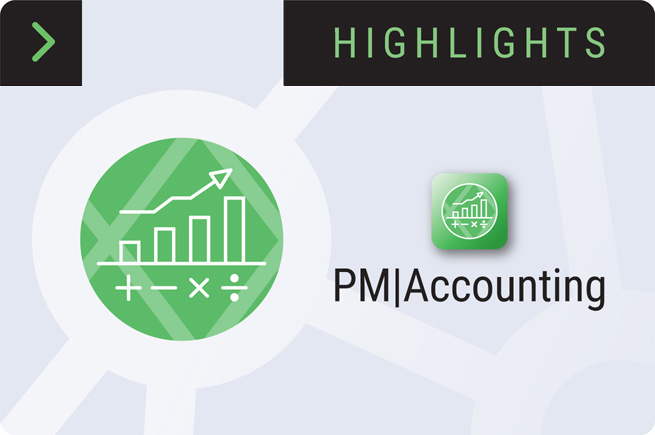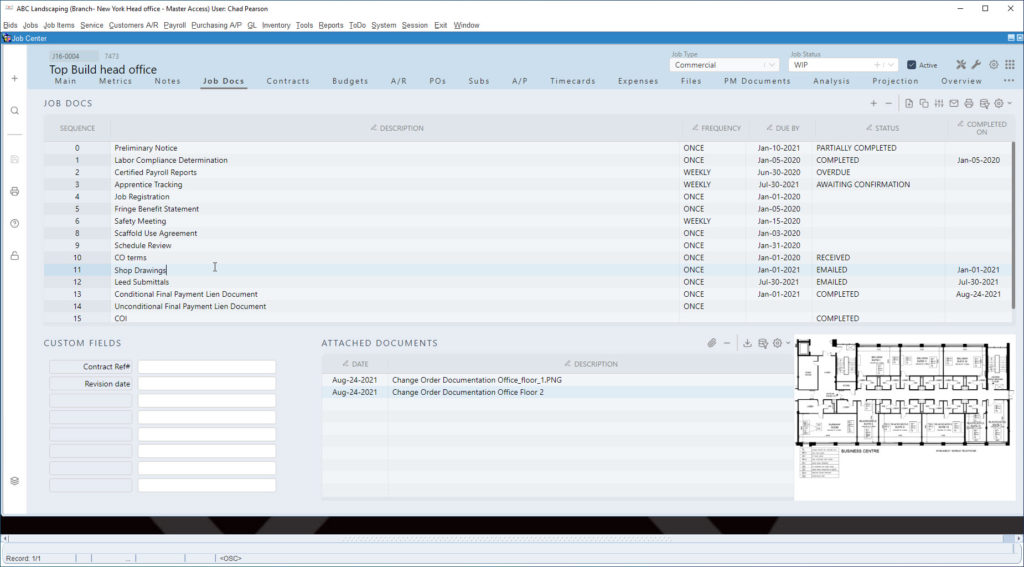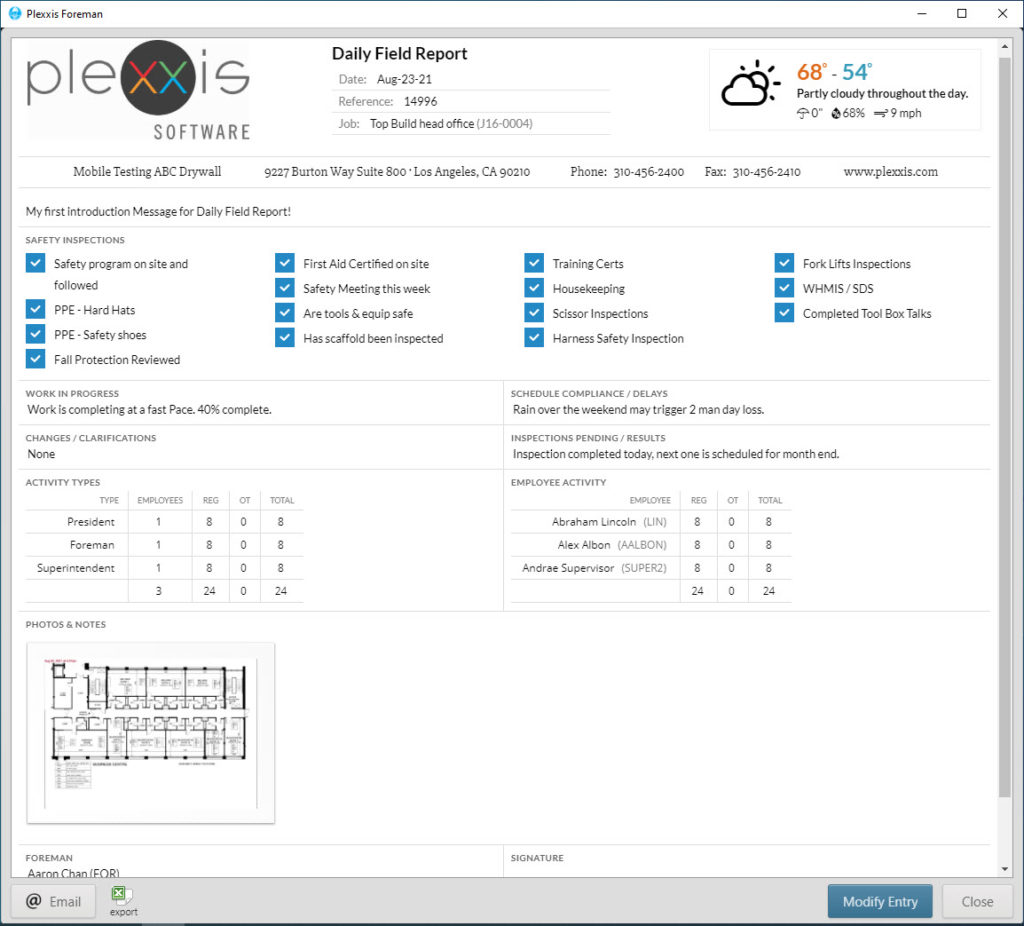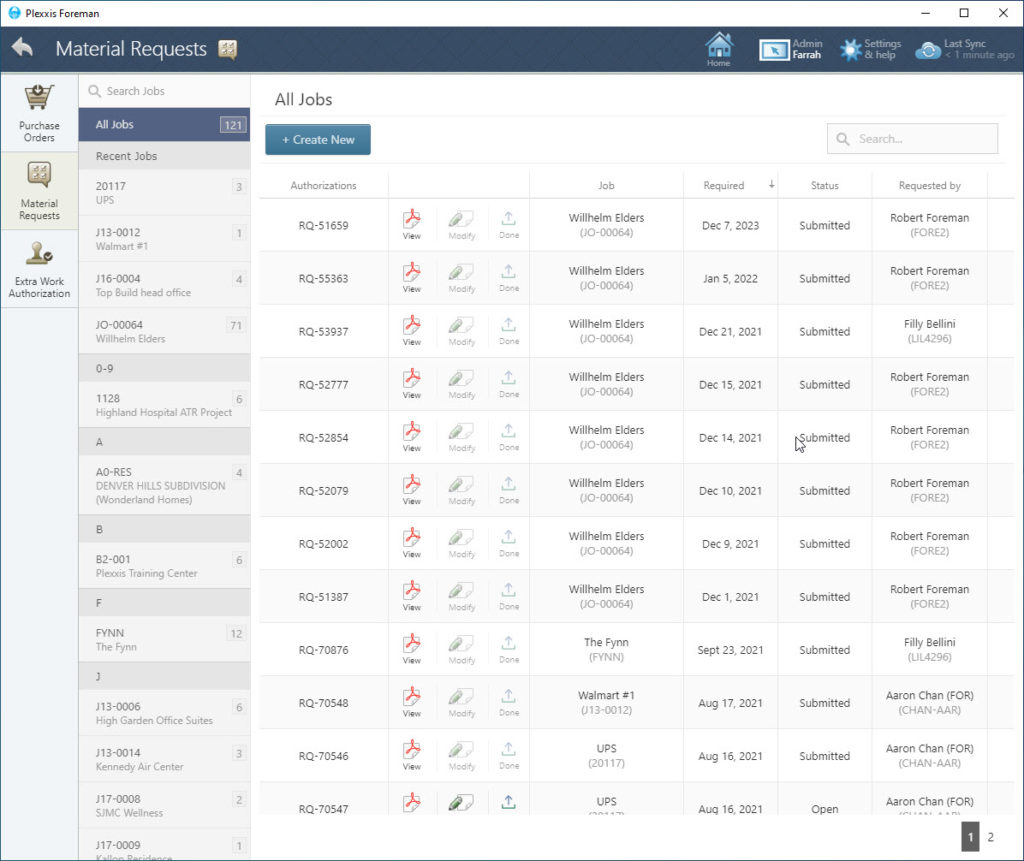Project Documents

Difference Between Paperless, Digitized and Complete Workflows in Project Documents
Project Documents
You can’t achieve team cohesion by using technology that prevents team cohesion. This blog will give you three simple insights into project documents that will improve your technological understanding.
The three insights are the difference between paperless, digitized workflow and team cohesion, otherwise known as “complete digitized workflows,” which is rare. It’s an overused term in software sales, and you must be very careful when you hear the term “complete digitized workflows.” Through this blog, we’re going to explain the difference between the three terms and give you enough technological understanding to protect yourself against overselling in the industry.
What does Paperless mean?
Paperless is just a picture or a picture of a form. It’s basic because the information within it is not extractable. If you need to use that information somewhere else, you must manually transcribe it.
For example, the above image shows the ‘Job Docs’ tab in Plexxis, which holds all the company standard documents required for a job start-up. If you select one of the items and click on the attached document, you will see a picture of that file. This way, you don’t need separate file folder systems. Everything you need in terms of documents is stored within the job.
What are Digitized Workflows?
Digitized workflows are much better than paperless. They’re not as good as team cohesion but much better than paperless because the information within the forms or pictures is usable elsewhere in the product life cycle.
Here’s an example using an RFI (Request for Information). Click on the ‘View’ button next to one of the RFIs, and you will see the RFI created by a foreman on the field using the mobile app. To see the same information from the project manager’s perspective, select the job from the list on the left side of your screen and go on the ‘PM Documents’ tab. On this tab is where all the documentation created as the job progresses comes to this one, single repository for the project managers to act upon. Here you will see the same RFI that you viewed earlier. If you click on it, you will notice that the data within the form auto-populates the RFI.
Another example of digitized workflows would be a basic foreman daily field report. If you look at a foreman daily field report that was created on the app, you’ll notice that time records are already populated in the report. The foreman didn’t have to enter these time records; they’ve already entered them in the timecard app. Because we have connected workflows and the information is digitized, the information automatically flows into this form, so the foreman doesn’t have to duplicate that data entry.
What is Team Cohesion
Here is where you’ve got complete digitized workflows from end to end.
A good example would be purchase order requisitions. A foreman can come in here and create a purchase order requisition right off the budgeted materials or the company-wide database. If you look at a material request, it’s a digitized workflow but full team cohesion. Meaning it is a completed digitized workflow. If you go to purchasing and open an ‘open’ purchase order and go over to requisitions, you’ll see that same requisition here. If you want to add this to the PO, select the items you want to add and click the ‘Add Selected Items’ button. The app will automatically start applying the pricing set for that specific job coming off the job’s special pricing information.
Team Cohesion requires that the upstream workflow and the downstream workflow are fully complete and digitized. This is where contractors can be misled. Even on Plexxis, where we have a live connection between bidding, field & finance, not even all our workflows are complete. If a customer builds a custom form and wants a complete workflow, we will still have to build a custom bridge to the downstream workflows they wanted to complete.
To protect yourself, if the salesperson starts using the terms “complete digitized workflows” or “full team cohesion,” test it out for yourself. Take the forms and follow the data right through to the end. If they can’t show it in the demo but still say they can do it, there are two things that you can do. You either get references from other contractors who have got the completed workflows embedded in their system or get it in writing on the contract.








